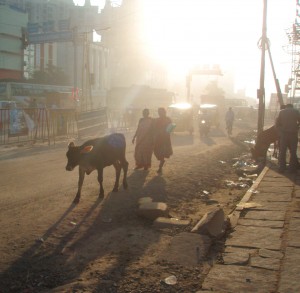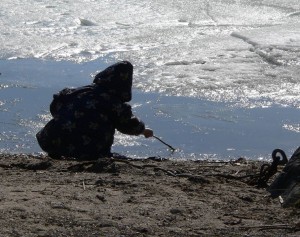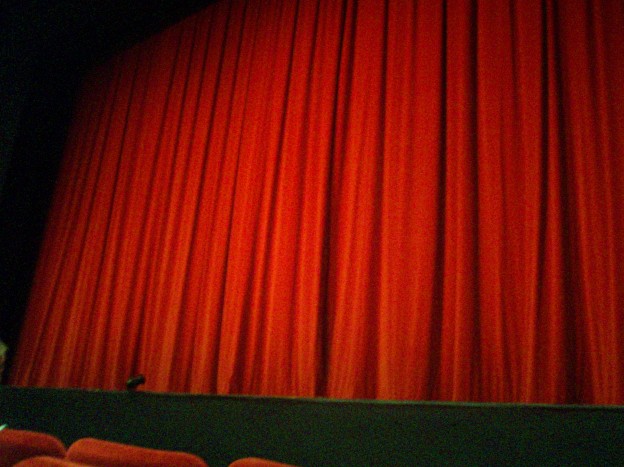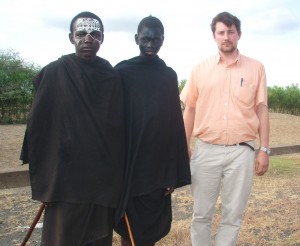
[Originally published in Feb 2014. See a more recent and more extensive account of my approach: Cultures & Ethics.] [In Finnish]
Foundational Challenge
This rapidly changing world, however, is not thoroughly unjust either. In each era and context, we need ideas about the content of justice as well as about promoting that content.
Within the following framework of though, which I call ‘justice in progress,’ I distinguish among the foundations, principles, goals and the contexts of justice. These will be also specified here a bit further in terms of the twelve guidelines of this framework.
Conceptions of justice do not stand alone. Instead, they are characteristically intertwined with broader and perhaps deeper frameworks of thought and different narrative traditions. At the same time, virtually all traditions of justice include some universal truths.
‘Justice in progress’ includes the following foundational starting points, which enable sensitivity to the universal as well as contextual dimensions of justice.
- Human dignity
- Neighborly love
- Reflective narrativity
- Cooperation for life
In additional to justice for human beings, through human beings, the rigths and the well-being of animals are recognized in ‘justice in progress’ as a part of the cooperation for life guideline.
Whereas mere foundational guidelines tell little about the content of justice, principles can be used in the endeavors to capture the key content of justice somewhat more specifically.
- Democratic legitimacy
- Freedom and responsibility
- Fairness (cf. John Rawls’s idea of the veil of ignorance)
- Merit (resonating with the Aristotelian tradition)
Characteristically, the role—or the function—of principles of justice is to guide the allocation of something good and often necessary burdens as well. Although no fully unified understanding of what is ‘good’ and what is ‘burden’ (or evil, bad, or perhaps appropriate punishment) is available in pluralist societies, I have found at least the following goals promising.
- Human capabilities
- Health and happiness
- Good life in community
- Meaningful and creative life
The principles and goals of justice appear to be, unavoidably, partially overlapping. For example liberty is one of the most salient principles of justice and at the same time a most essential goal of just development. The goals of justice also have their strong contextual aspects.
But when it comes to promoting justice in context, it is quintessential not simply to celebrate context, or status quo practices. In my view, in addition to the principles of justice themselves, the key concepts of contextual justice include these:
- Truthfulness and reason
- Conscience
- Dialogue
- Multidimensional sustainability
Conscience is here supposed to have a connotation to the idea of natural law or universal morality in the heart of every human being. But given that the contextual dictates of the conscience often vary, they also need to be reasonably discussed over and over again.
 The dimensions sustainability must include at least social, economic and ecological sustainability. Unfortunately it is true that sustainable progress in terms of justice is very difficult to achieve. The more important, however, it is to seek right kind of steps forward – in the right direction.
The dimensions sustainability must include at least social, economic and ecological sustainability. Unfortunately it is true that sustainable progress in terms of justice is very difficult to achieve. The more important, however, it is to seek right kind of steps forward – in the right direction.
Background and Steps Forward
I presented early versions of this framework in my Licentiate thesis Justice with Understanding (2003) and in my doctoral dissertation Balances of Reasonable Justice (2005). In these, as well as in Balancing Reasonable Justice (Ashgate 2007), my method was basically to analyze American philosopher John Rawls’s (1921-2002) theory of justice and then to develop it. In Maallinen oikeudenmukaisuus [Earthly Justice] (STKS 2011), I discussed again further approaches to justice and continued to elaborate my own ideas.
Please have a look at (and refer to, when appropriate) research for my more profound discussion of this type of an approach with additional topics and contexts.
Please also let me know if you have found this framework useful or would like to challenge it, or if you have practical ideas of cooperation (ville.paivansalo@helsinki.fi, Facebook).
How much hope there actually is for our fragile world? I don’t know. But if we, you and me as fragile human beings, do not try to take steps towards a better and a more just world, who will?
(IMAGE: The Blue Marble: Land Surface, Ocean Color, etc., NASA Visible Earth, detail; Photos, VP: Chennai, Chidambaram, Finnish coastline, Oxford, Maasai region, Lutindi, Tuscany, and Heidelberg)





